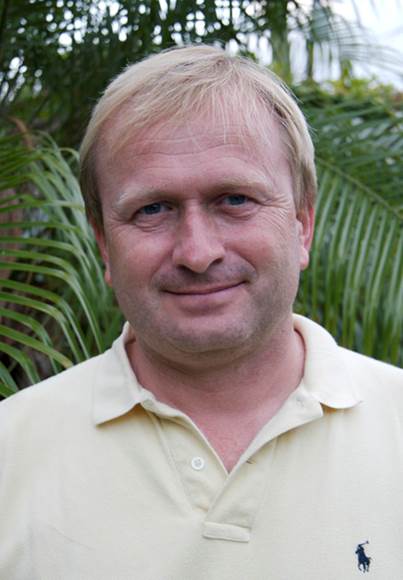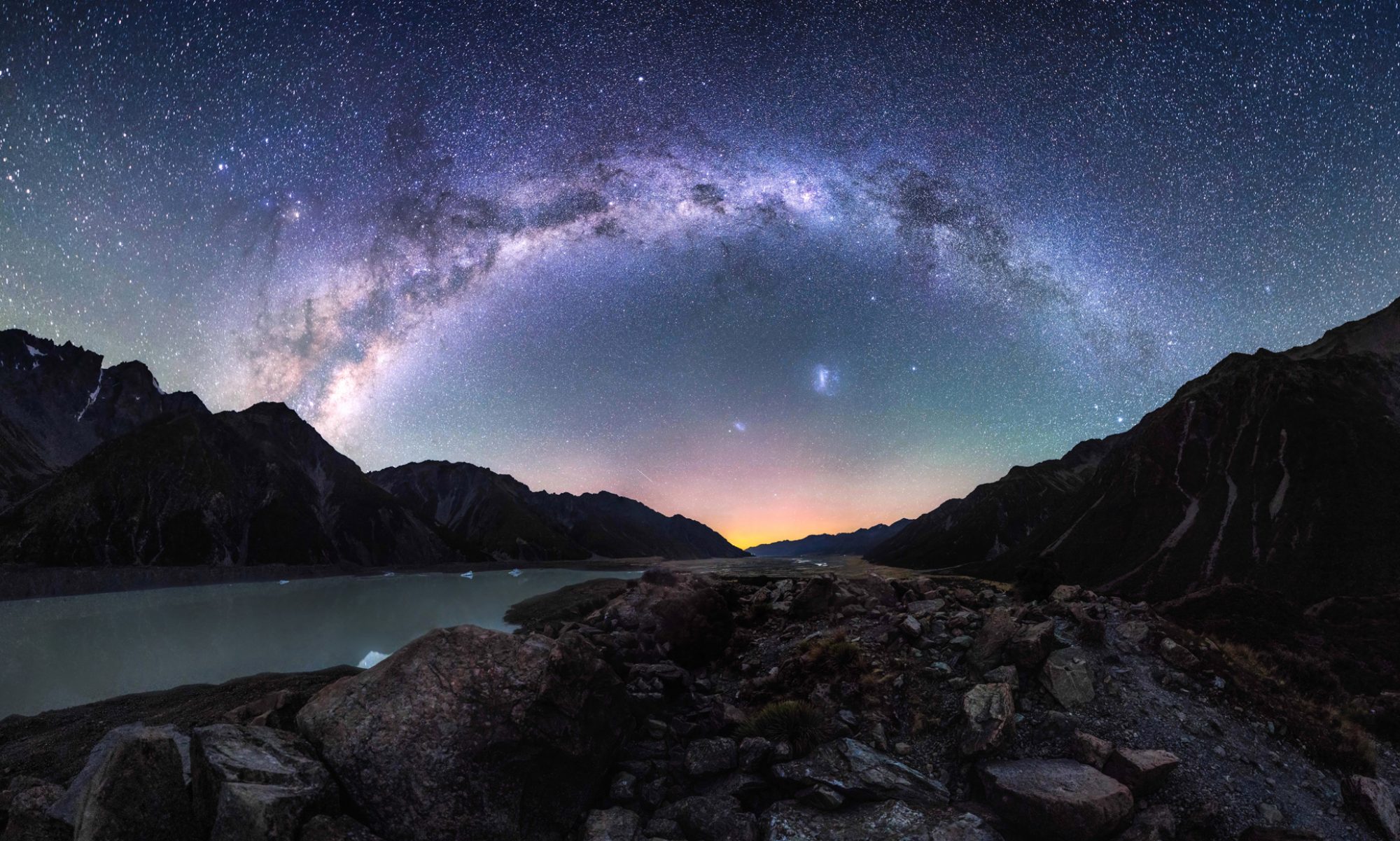Preserving the dark night sky at observatories in the era of LED lighting

Richard Wainscoat is an astronomer at the University of Hawaii. He grew up in Australia, studying physics at the University of Western Australia, then received his PhD in astronomy from the Australian National University. He moved to Hawaii in 1989, attracted by the excellent observatory sites on Maunakea and Haleakala. He initially studied the structure of galaxies, but later changed fields to study Near-Earth Objects (NEOs), and has led the Pan-STARRS survey for NEOs. He is part of the team that recently discovered the first Interstellar Object, `Oumuamua. During his time in Hawaii, he became increasingly concerned by the growth of lighting in Hawaii, and led efforts in Hawaii to maintain the dark night sky at Hawaii’s observatories. He is the current liaison between the International Astronomical Union and the International Commission on Illumination (CIE).
Preserving the dark night sky at observatories in the era of LED lighting
Astronomy has benefited for many years from the orange color of sodium lighting. Sodium lighting is deficient in blue light, so Rayleigh scattering is lower; low-pressure sodium light is almost monochromatic, so is an ideal light source for use near to observatories. Advances in energy efficiency of Light Emitting Diodes (LEDs) over the last 10 years is resulting in large scale lighting replacements, and has led to the demise of low-pressure sodium lighting. LEDs provide a one-time opportunity to replace poorly shielded lights with fully-shielded lights (which is very beneficial to dark-sky preservation). However, white LEDs have much more blue light than the sodium lights that they replace. As a result, LED light reflected from the ground is a major concern due to increased Rayleigh scattering. The techniques that are being used to preserve the dark night sky around Maunakea and other major observatories will be discussed.

